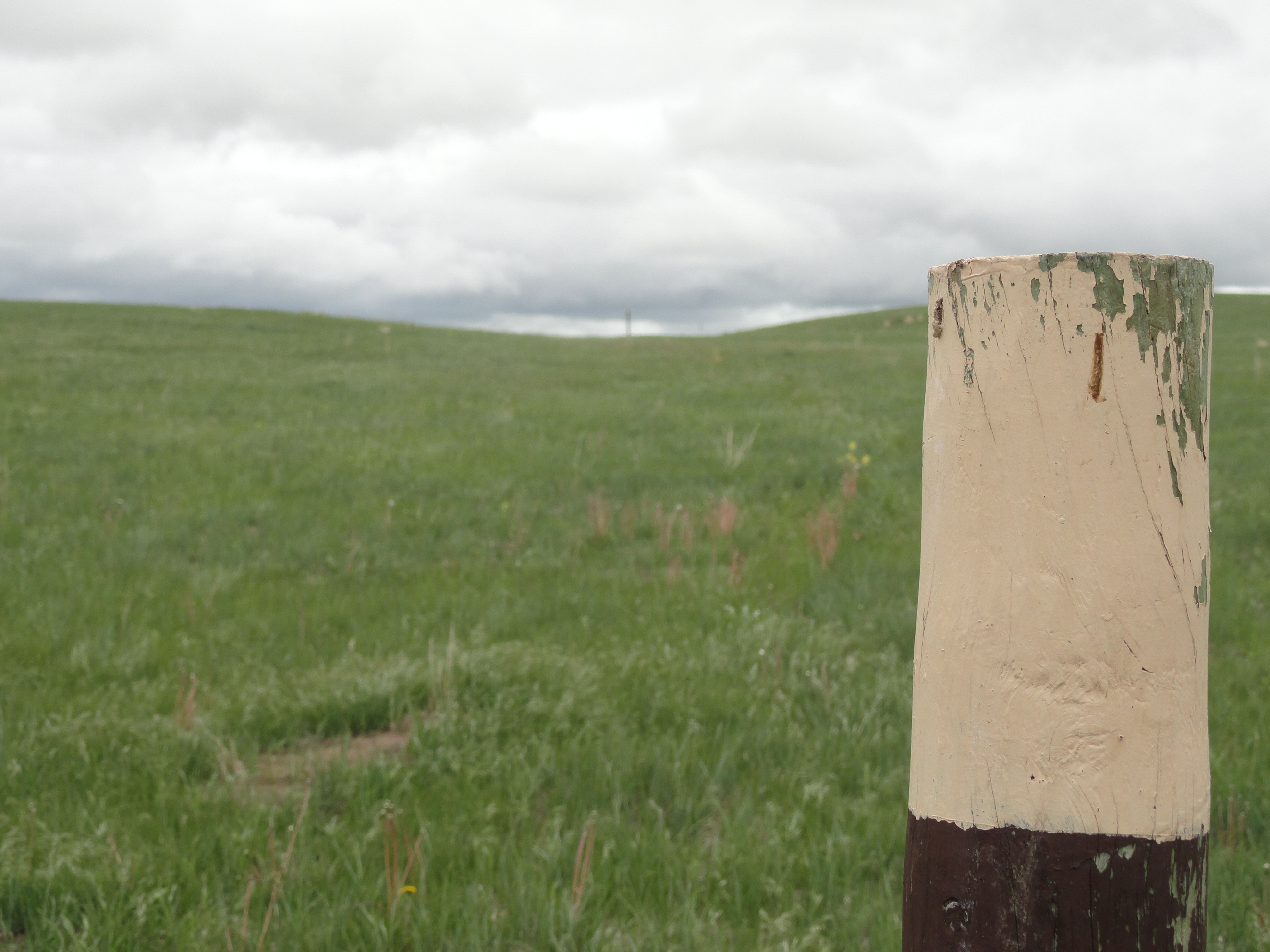 Today’s featured National Grasslands are Oglala in Nebraska and Buffalo Gap in South Dakota. These are perhaps my favorite in that I find them endlessly fascinating with stunning scenery. They remain sparsely popualated with several towns that could qualify as ghost towns or nearly ghost towns. They are full of enticing hills, dramatic buttes, and wild badlands. In some places, a thin forest clings to north facing slopes to give variety as well as shade. They can be almost empty at times, and exude a wilderness quality with their lack of fences or dwellings, and their abundance of open vistas and roaming wildlife. Much of these same things can be said of any of the National Grasslands, but these two contain an unspoken quality of scale, space and distance that make them uniquely enjoyable.
Today’s featured National Grasslands are Oglala in Nebraska and Buffalo Gap in South Dakota. These are perhaps my favorite in that I find them endlessly fascinating with stunning scenery. They remain sparsely popualated with several towns that could qualify as ghost towns or nearly ghost towns. They are full of enticing hills, dramatic buttes, and wild badlands. In some places, a thin forest clings to north facing slopes to give variety as well as shade. They can be almost empty at times, and exude a wilderness quality with their lack of fences or dwellings, and their abundance of open vistas and roaming wildlife. Much of these same things can be said of any of the National Grasslands, but these two contain an unspoken quality of scale, space and distance that make them uniquely enjoyable.

Oglala National Grassland takes its name from the Oglala Lakota which means “to scatter one’s own.” It exists in far western Nebraska and contains Toadstool Geologic Park as well as the Hudson-Meng Bison Kill site. There is a primitive trail connecting these two fine parks that will hopefully one day be part of the Great Plains Trail. The picture to the left shows a portion of that trail.

Buffalo Gap National Grassland gets its name from the a low gap in the southern Black Hills cut by Beaver Creek, and through which the buffalo (proper name: Bison) would migrate to and from the hills depending on the time of year and their needs. The grassland covers the southern end of the Black Hills to the Nebraska border as well as northward and eastward to areas surrounding Badlands National Park. All together, the two grasslands cover an area of almost 700,000 acres.

